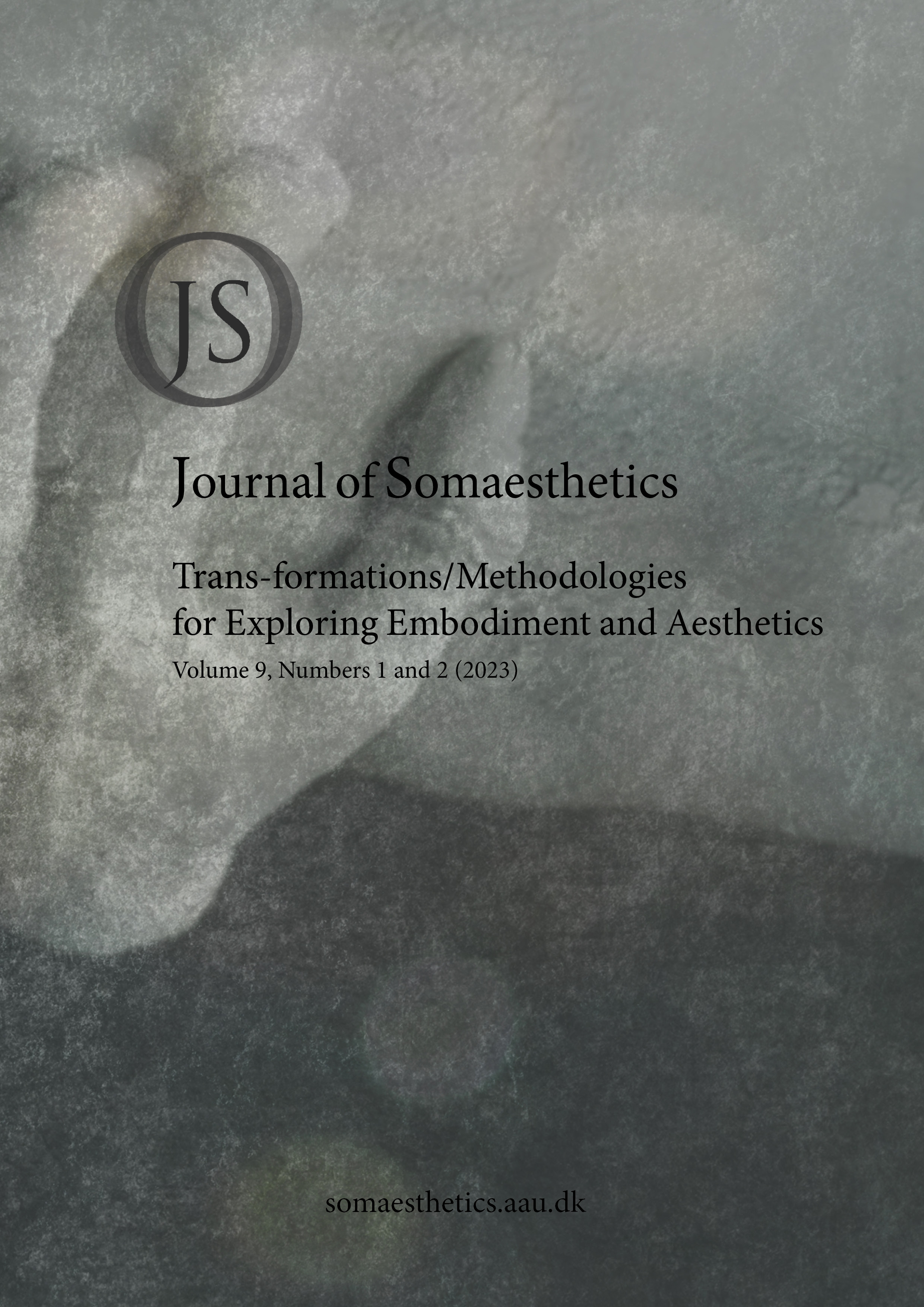The Somaesthetic Body and the Phenomenological Consciousness
DOI:
https://doi.org/10.54337/ojs.jos.v9i1/2.7880Abstract
All human beings, regardless of geography, ethnicity or other ancestry, have always been born into a pre-existing world history. It is a world history that has countless stories, many of which deal with human nature, purpose and knowledge, and these themes have often been expounded through mythologies and pedagogical interpretations. Such interpretations of observations and phenomena of man have historically embedded themselves as generational exoteric transmission of constituent ideals of human life, including the view of human consciousness and body. Among the most significant narratives for human philosophy is the story of the body, as the body is the basis for our empirical anchoring in the world. Although man is something else and more than just body (consciousness/spirit), this is immaterial and have throughout history been immensely difficult to conceptualize. Therefore, man has taken detours to be able to speak of consciousness as an essential feature of being human, and one of the most frequently frequented detours has been the body. The visible body is a lot easier to sculpt than the invisible consciousness, why human cultures have often used the body as a representative marker of whatever values the culture in question has held important. With this impact on the concept of “human”, the body is always more than just a body and apparently divides man into body and consciousness. The body is with us across culture in all our activities, and with its decisive influence in human idea development and the creation of cultural habits, the body has a fundamental and all too often misinterpreted presence in every crevice of our society.
Downloads
Published
Issue
Section
License
Copyright (c) 2023 Ulrik Winding Soberg

This work is licensed under a Creative Commons Attribution-NonCommercial-NoDerivatives 4.0 International License.
Articles published in The Journal of Somaesthetics are following the license Creative Commons Attribution-NonCommercial-NoDerivs 4.0 Unported (CC BY-NC-ND 4.0). Authors retain copyright and grant the journal right of first publication with the work simultaneously licensed under a Creative Commons Attribution License: Attribution - NonCommercial - NoDerivs (by-nc-nd). Further information about Creative Commons
If excerpts, tables, figures, charts, artwork or photographs from other copyrighted works are included in an article, it is the author’s responsibility to obtain written permission from the copyright owners and credit the source’s in the article and citation list.


